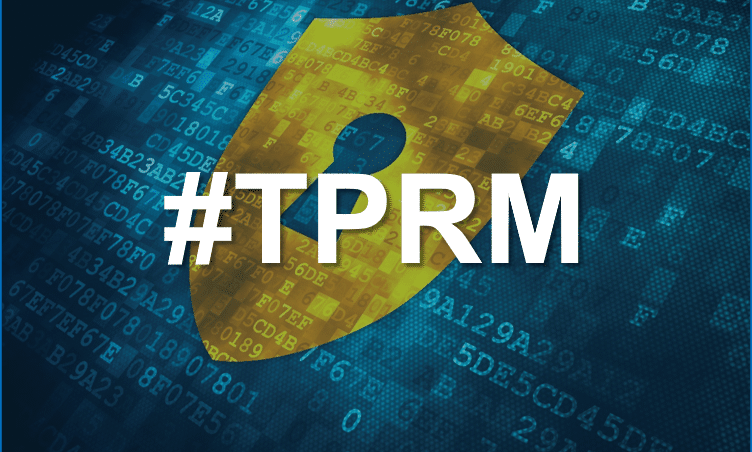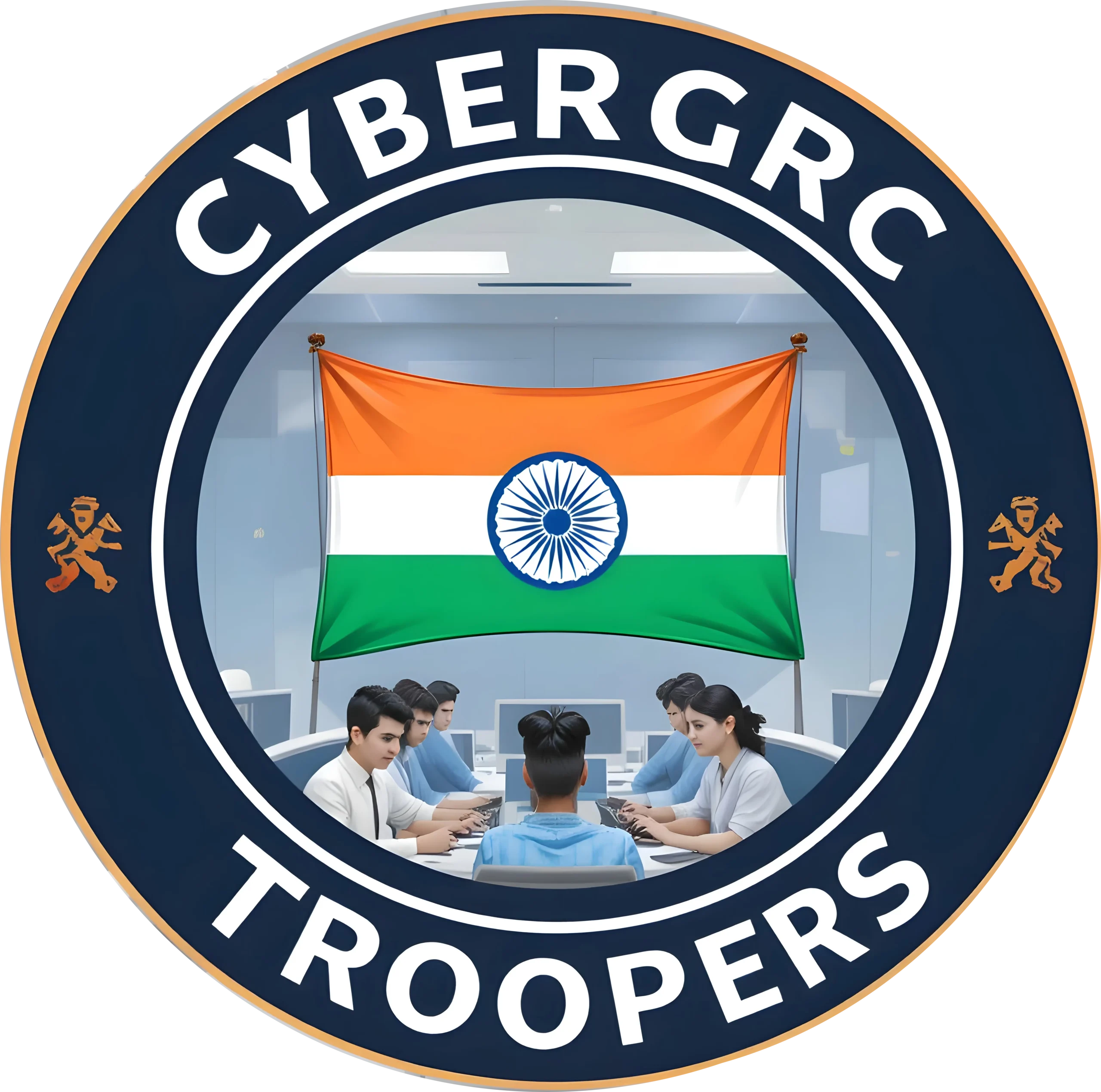Introduction
In today’s interconnected digital world, organizations heavily rely on third-party vendors, suppliers, and service providers for critical business operations. While this enhances efficiency, it also introduces significant risks—cyber threats, regulatory non-compliance, data breaches, and operational failures—that can severely impact an organization’s security posture.
This is where Third-Party Risk Management (TPRM) becomes a vital component of a robust cybersecurity framework. Implementing a structured TPRM program helps organizations assess, monitor, and mitigate risks arising from external partnerships.
In this blog, we will explore: What is TPRM and why it matters in cybersecurity?
What is TPRM and why it matters in cybersecurity? How organizations can build a strong TPRM framework?
How organizations can build a strong TPRM framework? Career opportunities in TPRM and how individuals can transition into this high-demand field.
Career opportunities in TPRM and how individuals can transition into this high-demand field. How CyberGRC Troopers can help professionals and businesses master TPRM.
How CyberGRC Troopers can help professionals and businesses master TPRM.
Understanding TPRM and Its Significance in Cybersecurity
What is Third-Party Risk Management (TPRM)?
TPRM is the process of identifying, assessing, and mitigating risks associated with external entities that have access to an organization’s data, systems, or operations. These entities include vendors, suppliers, contractors, cloud service providers, and partners.
Why is TPRM Critical?
With increasing cyber threats, organizations must secure their supply chain and third-party relationships. A single vulnerability in a vendor’s security controls can lead to data breaches, regulatory fines, operational disruptions, and reputational damage. Some major cybersecurity incidents have been caused by weak third-party security controls.
Key Risks Managed Through TPRM
 Cybersecurity Risks – Third parties may have access to sensitive data, making them a prime target for cyberattacks.
Cybersecurity Risks – Third parties may have access to sensitive data, making them a prime target for cyberattacks. Compliance & Regulatory Risks – Organizations need to ensure vendors comply with standards like ISO 27001, GDPR, NIST, SOC 2, and PCI DSS.
Compliance & Regulatory Risks – Organizations need to ensure vendors comply with standards like ISO 27001, GDPR, NIST, SOC 2, and PCI DSS. Operational Risks – Vendor failures can disrupt business operations.
Operational Risks – Vendor failures can disrupt business operations. Financial & Reputational Risks – A third-party data breach can lead to financial loss and reputational damage.
Financial & Reputational Risks – A third-party data breach can lead to financial loss and reputational damage.
Building a Robust TPRM Framework for Organizations
Organizations can implement an effective TPRM strategy by following these steps:
1. Establish a Governance Framework
- Define TPRM policies, procedures, and objectives aligned with business goals.
- Assign roles and responsibilities to risk management teams.
2. Conduct Vendor Risk Assessments
- Identify critical vendors and assess their security posture.
- Use industry standards like ISO 27001, NIST, or SOC 2 to evaluate security controls.
3. Risk Categorization & Mitigation Strategies
- Classify vendors based on risk levels (low, medium, high).
- Implement tailored risk mitigation plans such as security contracts, continuous monitoring, and audits.
4. Continuous Monitoring & Compliance Tracking
- Utilize automated tools for real-time monitoring of third-party risks.
- Conduct periodic security assessments and ensure compliance with regulatory standards.
5. Incident Response & Business Continuity Planning
- Develop a third-party incident response plan.
- Ensure vendors have robust business continuity and disaster recovery (BC/DR) plans.
How Individuals Can Start a Career in TPRM
The demand for cyber risk and compliance professionals with TPRM expertise is rapidly growing. Professionals from non-IT backgrounds can transition into this field with the right training and certifications.
Key Skills Required for a TPRM Career
 Knowledge of risk assessment methodologies (ISO 31000, NIST, FAIR).
Knowledge of risk assessment methodologies (ISO 31000, NIST, FAIR). Understanding of vendor risk management frameworks (ISO 27001, SOC 2, TPRM best practices).
Understanding of vendor risk management frameworks (ISO 27001, SOC 2, TPRM best practices). Compliance knowledge related to GDPR, ISO 42001, NIST 800-53, PCI DSS.
Compliance knowledge related to GDPR, ISO 42001, NIST 800-53, PCI DSS. Ability to conduct third-party risk assessments and audits.
Ability to conduct third-party risk assessments and audits. Proficiency in using TPRM automation tools (OneTrust, Archer, ServiceNow).
Proficiency in using TPRM automation tools (OneTrust, Archer, ServiceNow).
High-Paying Careers in TPRM & Cyber Risk Management
| Job Role | Average Salary (INR) | Global Salary Range (USD) |
|---|---|---|
| Third-Party Risk Manager | ₹20-35 LPA | $120K-$200K |
| Vendor Risk Analyst | ₹12-25 LPA | $90K-$150K |
| Cyber Risk Consultant | ₹18-32 LPA | $110K-$190K |
| Compliance & Risk Officer | ₹15-28 LPA | $100K-$170K |
| Business Continuity & Risk Analyst | ₹12-22 LPA | $90K-$140K |
How CyberGRC Troopers Can Help You Master TPRM
At CyberGRC Troopers, we offer industry-leading TPRM training, certification, and consulting services for businesses and professionals.
For Companies:
 End-to-End TPRM Program Implementation – Develop, assess, and optimize TPRM frameworks.
End-to-End TPRM Program Implementation – Develop, assess, and optimize TPRM frameworks. Third-Party Security Risk Assessments – Identify and mitigate vendor-related cyber risks.
Third-Party Security Risk Assessments – Identify and mitigate vendor-related cyber risks. Compliance Readiness for ISO 27001, GDPR, SOC 2, and NIST – Align vendor security practices with global standards.
Compliance Readiness for ISO 27001, GDPR, SOC 2, and NIST – Align vendor security practices with global standards. Automated TPRM Solutions & Continuous Monitoring – Implement AI-driven monitoring for real-time risk insights.
Automated TPRM Solutions & Continuous Monitoring – Implement AI-driven monitoring for real-time risk insights.
For Individuals:
 TPRM Training & Certification – Hands-on courses for risk professionals and career switchers.
TPRM Training & Certification – Hands-on courses for risk professionals and career switchers. Live Case Studies & Risk Simulations – Practical learning experiences to assess real-world third-party risks.
Live Case Studies & Risk Simulations – Practical learning experiences to assess real-world third-party risks. Career Guidance & Placement Support – Helping professionals transition into high-paying TPRM roles.
Career Guidance & Placement Support – Helping professionals transition into high-paying TPRM roles.
Secure Your Future with TPRM Expertise!
With increasing cyber threats and regulatory requirements, Third-Party Risk Management (TPRM) is a critical function for organizations. By mastering TPRM, professionals can build a rewarding career in cybersecurity risk management.
 Join CyberGRC Troopers today and start your journey in TPRM!
Join CyberGRC Troopers today and start your journey in TPRM! 

